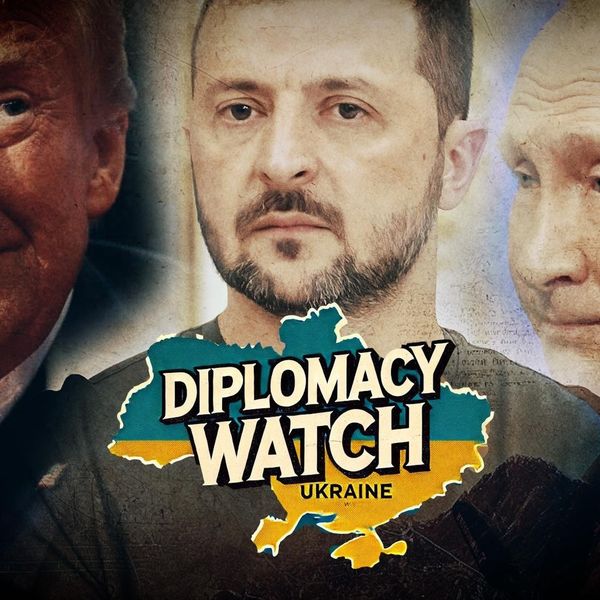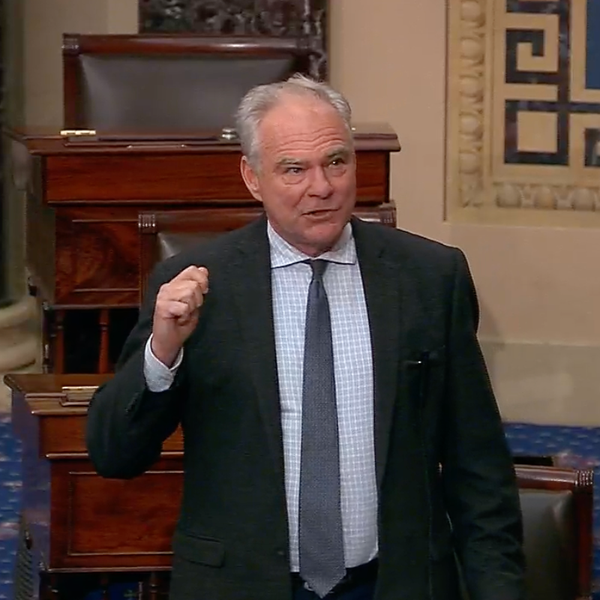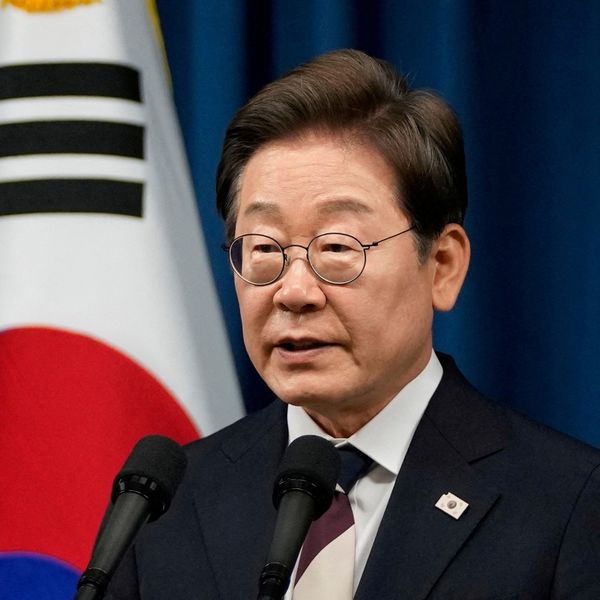U.S. President Joe Biden and Chinese leader Xi Jinping held their first virtual face-to-face meeting of Biden’s presidency last night, lasting three-and-a-half hours and covering the full range of issues critical to the bilateral relationship. Compared to previous interactions between the two sides, the talks were cordial and devoid of unnecessary bluster, with both leaders demonstrating a sober willingness to engage constructively, keep lines of communication open, and work together to tackle common challenges while managing their many differences.
As expected, the meeting did not produce many tangible outcomes. This morning, the two sides did announce an agreement normalizing the issuance of visas for foreign journalists from the two countries, a surprising but welcome step forward. At a Brookings Institution event following up on the talks, U.S. National Security Advisor Jake Sullivan said that Biden also raised concerns about China’s growing nuclear arsenal — a hot-button issue in Washington at the moment — and hinted that a bilateral dialogue on the topic may materialize at some point down the road. It is likely that other similar initiatives, particularly on the issuance of generic visas, will be announced in the days and weeks ahead.
Beyond that, the two leaders expressed a clear awareness of the increasingly high-stakes of the relationship, and how it is the responsibility of both to ensure it does not devolve into conflict. The elephant in the room, and the area most in need of frank discussion, is the growing tensions over the Taiwan Strait, which Sullivan said “the two leaders spent a good amount of time on.” While threatening that “whoever plays with fire will get burnt” — a clear signal to Taipei — Xi also said that Beijing will have “patience” on the issue and “will strive for the prospect of peaceful reunification with utmost sincerity and efforts.” For his part, Biden criticized Beijing’s actions as destabilizing, and repeated warnings against any use of force, but also reiterated his commitment to the “One China” policy, something absent from prior White House readouts of the two leaders’ calls in February and September.
While raising concerns about China’s “practices in Xinjiang, Tibet, and Hong Kong, as well as human rights more broadly,” Biden also told Xi that the United States does not seek to change China’s political system or wield its alliances against China, helpful messages for cooling down the temperature. Importantly, Xi did not extend an invitation for Biden to attend the Beijing Winter Olympics – which would have put Biden in a potential political bind – and also said that China has “no intention” of exporting its political and economic model to other countries, a key concern for many in Washington.
Alongside these discussions, the two leaders also reiterated the importance of cooperating on issues of common concern, such as global health, energy, trade, Afghanistan, and especially climate change. Building upon their joint statement unveiled last week at Glasgow, Biden called climate change an “existential” crisis, while Xi said it “could become a new highlight in U.S.-China cooperation.” Both sides now need to walk the walk and follow through on their promises with concerted action at home and a genuine effort to make cooperation a focal point of the relationship, essential to ensure real progress during this “decisive decade,” in Biden’s words. Sullivan said that, going forward, “you will see at multiple levels an intensification of the engagement to ensure there are guardrails around this competition.”
This is a welcome statement, as leader-level dialogue alone will not serve as sufficient “guardrails” to prevent competition from spiraling into conflict. Over the next few weeks, hopefully the two sides do follow through on the spirit of the meeting, making progress on a bilateral nuclear weapons dialogue, in existing trade talks between U.S. Trade Representative Katherine Tai and her Chinese counterpart Liu He, as well as on outstanding issues such as the reopening of the consulates in Houston and Chengdu closed in the final year of the Trump administration.
But they also need to move forward on further in-depth discussions on the Taiwan issue, with the goal of producing more effective crisis management and military-to-military dialogue mechanisms, and a framework of mutual restraint that can lower the frequency of military activity in the Taiwan Strait and beyond. Absent such a framework and real, substantive engagement, progress made in other areas of the relationship will be threatened or overshadowed.















